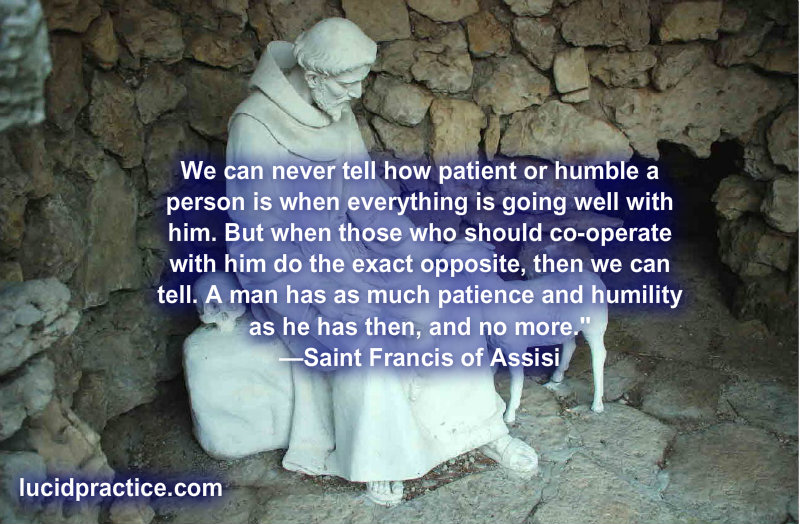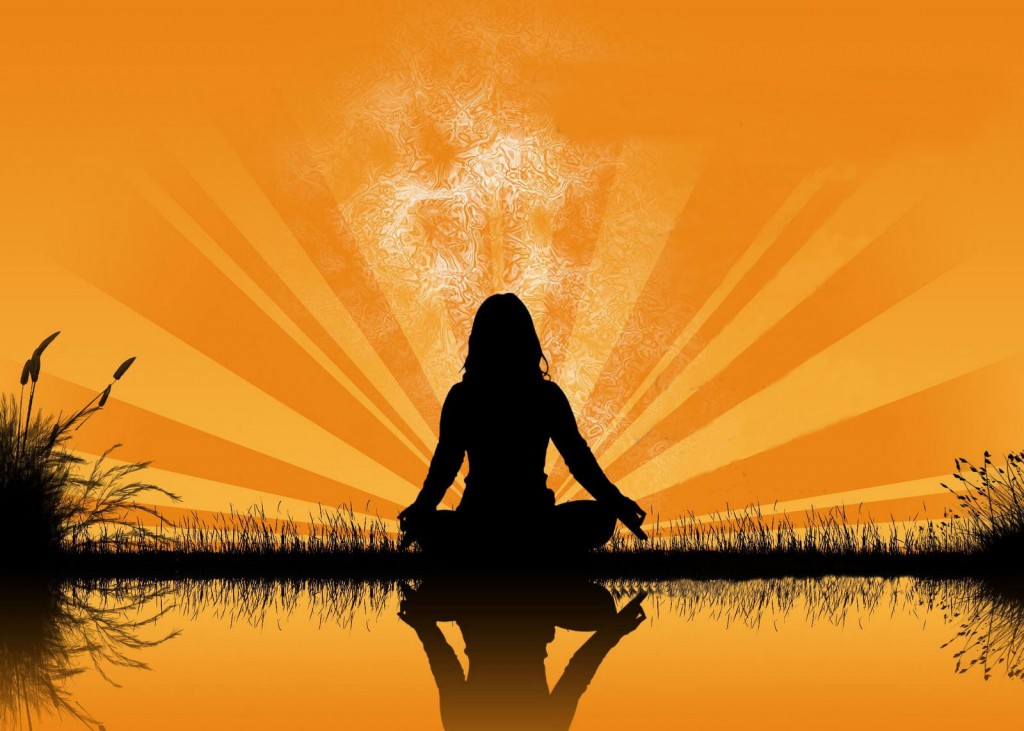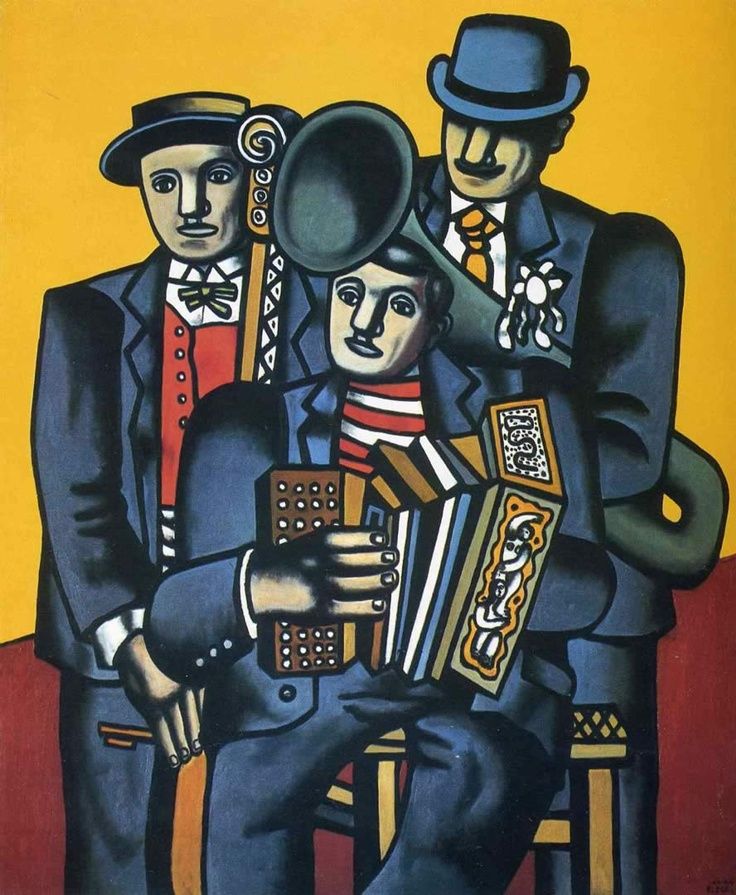37 Hours by Bus and an Opportunity to Practice Patience
37 Hours by Bus and an Opportunity to Practice Patience
From Ecuador to Lima, Peru
Kate and I decided to take a bus to Lima, Peru on Tuesday night.
From Cuenca, Ecuador to Lima, Peru it should take around 22 hours, driving straight through. Unfortunately, no bus companies have a direct bus connecting these two cities.
First, we decided take the bus from Cuenca, Ecuador to Huaquillas, Ecuador. In Huaquillas, we would cross the border, get our passports stamped, and continue on our course by bus to Piura, Peru, which is about four hours south of the border. We bought bus tickets online to take us the rest of the way to Lima. If all went well, the travel time should have been 25-30 hours.
Why choose to bus for so long?
We had a few different reasons. The first was I wanted to write an in-depth article about the experience of crossing the border in Ecuador when traveling to Lima. I think many travelers take this route and the opportunity to help people by offering a strong guide would be beneficial to those people and to our site. Another reason we chose to take the bus was the opportunity to save about $120, which can now be allocated to another part of our trip. Traveling by bus gave us the opportunity to see the desert of Northern Peru — Rolling sand dunes are not something I get to see everyday. Lastly, after traveling in China, I found that long bus rides help me learn about and practice patience.
I recently read Siddhartha by Herman Hesse. At one point in the poem, Siddhartha was having a conversation with a merchant. He had recently given up all of his worldly possessions and the merchant asks what Siddhartha can give to him. His response, “I can think, I can wait, I can fast. That is all.”
So while we were riding on three different buses on a trip that lasted just over 37 hours, I was thinking about the practice of patience and waiting. I have wanted to see Machu Picchu for years, but have known it would take a bit of patience to get there. I am learning that if I can develop this strong practice of patience, everything I need or want will eventually come. The bus ride proved to be no different. It seemed difficult and long at first, but after a while we were in a groove and it really was just another day.
“Practice and all is coming.”








